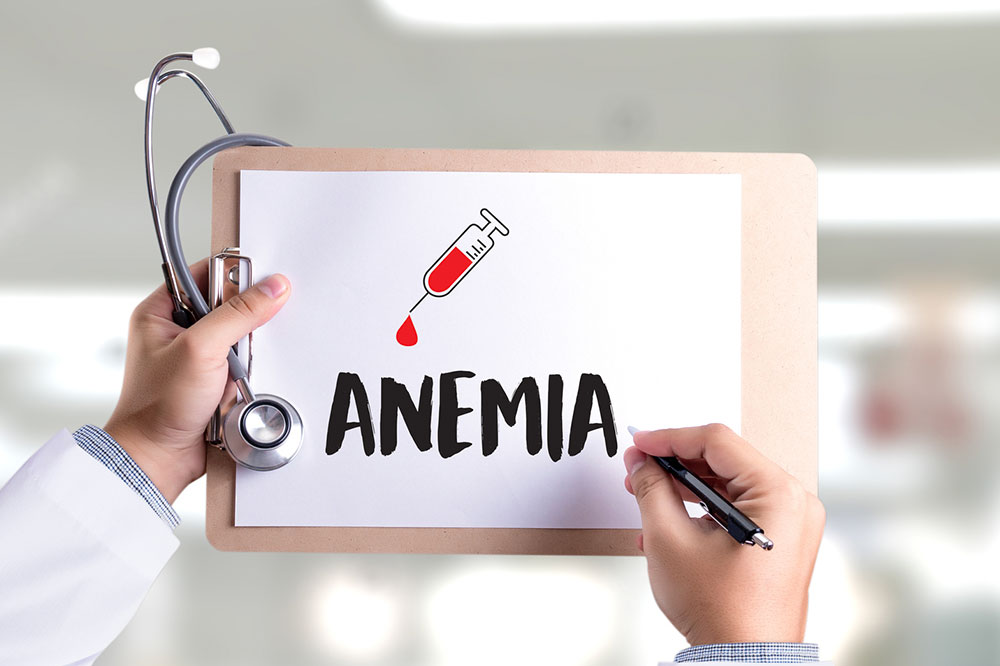Comprehensive Overview of Anemia: Causes, Symptoms, and Risk Factors
This article provides an in-depth overview of anemia, highlighting its causes, symptoms, and risk factors. It covers various types, including aplastic and sickle cell anemia, and explains how blood loss, faulty production, and cell destruction contribute to the condition. Recognizing symptoms early and understanding risk factors are essential for proper diagnosis and treatment. The article aims to educate readers about this widespread blood disorder affecting millions worldwide.

Anemia Explained: Causes, Symptoms, and Key Risks
Anemia occurs when the body lacks enough healthy red blood cells or when these cells are destroyed faster than they can be replenished. It is the most common blood disorder globally, affecting nearly a third of people worldwide.
This condition often results from health problems that impair red blood cell production. Additionally, excessive destruction or blood loss can contribute to anemia.
Recognizing Symptoms
Early diagnosis depends on identifying common signs of anemia.
Typical symptoms encompass fatigue, paleness, irregular heartbeat, chest discomfort, shortness of breath, dizziness, and headaches. Mild cases might show few or no symptoms. Specific types of anemia exhibit distinct features:
Aplastic anemia: Fever, skin rashes, frequent infections.
Sickle cell anemia: Painful swelling in extremities, jaundice, fatigue.
Other variants include:
Folate deficiency anemia: Irritability, low energy, diarrhea, smooth tongue surface.
Hemolytic anemia: Breathlessness, abdominal pain, dark urine, jaundice, fever.
Causes of Anemia
With over 400 types, anemia is categorized by its underlying cause:
Blood loss: Bleeding from ulcers, cancer, inflammation, menstruation, or medication can slowly deplete red blood cells without obvious symptoms.
Impaired production: When health issues prevent the body from producing enough or functional red blood cells.
Cell destruction: Autoimmune diseases, genetic conditions, enlarged spleen, infections, or certain medications can cause premature destruction of red blood cells.
Risk Factors
Although anyone can develop anemia, certain factors increase vulnerability:
Premature birth
Menstruation, pregnancy, childbirth
Deficiencies in vital nutrients like vitamins and minerals
Genetic predispositions
Blood loss from surgery or injury


